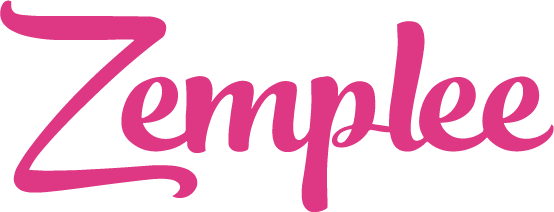Introduction
An increasing number of patients with chronic conditions are using remote therapeutic monitoring to help manage their conditions. Remote therapeutic monitoring is a technology that makes it possible for patients with certain conditions to monitor themselves from home, rather than having to visit their healthcare provider’s office regularly. This reduces the burden on providers, who can use their time more efficiently and focus on other tasks. In this article we’ll discuss what exactly remote therapeutic monitoring is and how it works—and why providers should consider using this technology in their own practice!
What is remote therapeutic monitoring?
Remote therapeutic monitoring is a way for patients to monitor their conditions from home. It can help people manage their health, and it can also help providers manage patients’ conditions.
Remote therapeutic monitoring uses technology like wearable devices or mobile apps to track vitals, such as blood pressure, heart rate and blood sugar. This information is sent back to healthcare professionals who then review it with the patient in person or over video chat.
Who can use this technology?
People with chronic conditions, like diabetes or heart disease, can use remote monitoring to help them manage their health. It’s also a good option if you’re recovering from surgery or an injury and need help staying active and independent. For those prone to falls, remote monitoring is helpful in detecting long periods of inactivity.
Remote therapeutic monitoring can be an effective way to reach seniors who are reluctant to visit their doctor regularly, as well as those who have difficulty traveling due to age or illness. In fact, many people find this technology especially helpful because they live alone and don’t have anyone else available during the day–or even at night!
Remote monitoring can be used to track a variety of health-related metrics, including blood pressure, heart rate and activity levels. You’ll receive notifications on your phone when readings are abnormal or when you need to take action. For example, if your heart rate goes above a certain level for too long during the day, you may be experiencing stress and should take steps to reduce it.
How does it work?
There are three ways a patient can be monitored:
-
A sensor is worn on the body, which sends data to a mobile app or website.
-
The patient has monitors installed in their home that sends data to a mobile app or website
-
The patient does daily check-ins with a stationary sensor in their house that sends data a mobile app or website (e.g. a Pressure Mat)
Why would you want to use it?
Remote therapeutic monitoring is an innovative, convenient, and effective way for patients to monitor themselves from home. It allows them to keep track of their symptoms, which can help providers make decisions about their treatment plan.
It also allows providers to monitor patients without having to visit them in person and enables them to track patient progress over time. It allow users with limited mobility or who live far away from medical professionals access their vital signs on any smartphone or tablet computer within cellular service range (typically up to 50 miles).
What are the benefits?
The benefits of remote therapeutic monitoring are many. For patients, it’s a great way to maintain their independence and control over their own health. It also means that you can continue with your normal daily routine without having to take time off work or travel long distances for appointments.
For providers, there are several advantages:
-
Better access to patient data means they have more information at their disposal which is crucial in making informed decisions about treatment plans and care plans going forward. This also reduces stress levels as they won’t need as much face-to-face interaction with the patient – meaning less stress on both parties!
-
Lower costs mean that healthcare providers can offer this service at an affordable price point while still maintaining high quality standards (you don’t want any errors creeping into your data!). Most services are also covered by insurance companies so there’s no risk involved when trying something new like this!
How do I get started with remote therapeutic monitoring?
To begin, you’ll need to either contact your health provider to see if they’re offering remote therapeutic monitoring. If they are, they should be able to provide a list of what devices and services are covered under their policy. There are also a handful of reliable companies that provide patient monitoring, like Zemplee.com, Caspar.AI, or K4Connect.com
The next step is choosing between an in-home or wearable device. An in-home device is installed in one location and monitors multiple people within its range (typically up to 10 feet). A wearable device is less convenient and sends the same or similar information out as the in-home device.
Remote therapeutic monitoring allows patients to monitor themselves from home, making it easier for providers to manage their conditions.
Remote therapeutic monitoring is a great way for patients to monitor their own conditions, allowing providers to manage them more effectively. It also helps providers monitor patients more closely and can help with compliance and adherence.
-
Patients can take the data from their remote therapeutic monitors home with them and use it to track their progress toward meeting treatment goals.
-
Providers can see all of this information in one place instead of having to track down information from multiple sources or wait until they see their patients again in person before getting any updates on how they’re doing at home.
Conclusion
We hope this article has given you a good overview of what remote therapeutic monitoring is and how it works. We believe that this technology will have a huge impact on the way we manage patients with chronic conditions, but there are still some hurdles to overcome before it can be implemented on a broad scale. The first step is getting your doctor on board with the idea–after all, they’re the ones who will need to prescribe these devices for their patients! If you know someone who could benefit from this kind of treatment but hasn’t heard about it yet, please share this article with them today so they can start receiving care remotely tomorrow morning!
Don't know where to start?
Talk to a Live Representative about Remote Therapeutic Monitoring!

